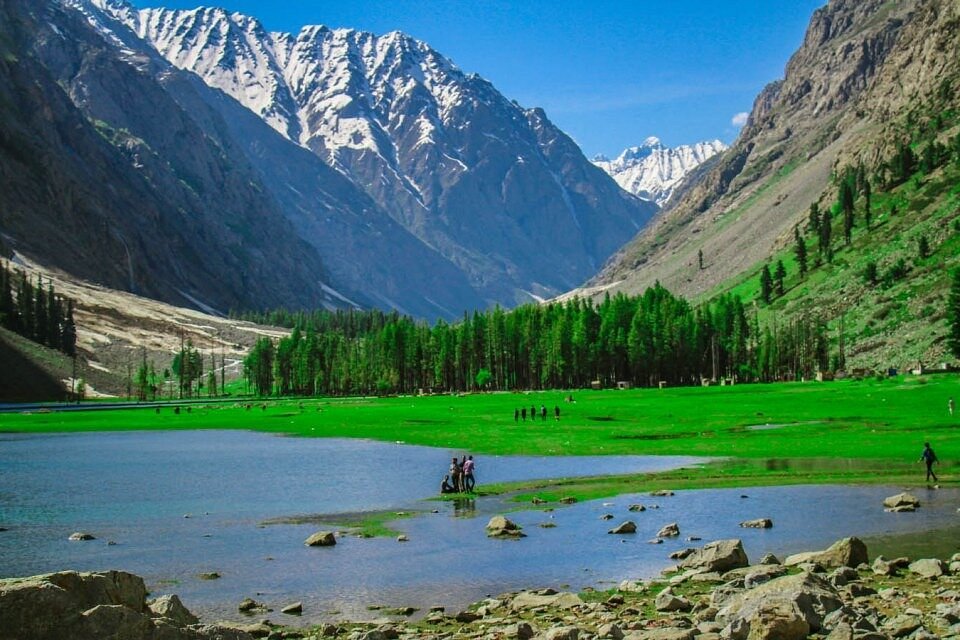Climate Change
Swat: Where the Journey Fades Before It Begins

The valley of Swat is often hailed as the crown jewel of Pakistan tourism — snow-capped mountains, lush green meadows, crystal-clear rivers. But beneath its scenic charm lies a darker reality — a failure of governance, infrastructure collapse, and deadly negligence.
A recent tragedy exposed this bitter truth. A family from Sialkot was swept away by the roaring Swat River, while helpless onlookers waited for help that never came. For two agonizing hours, no rescue operation was launched. No boat. No helicopter. Nothing.
The haunting image of that innocent family – the panic, the cries, the desperate stares at the sky – remains etched in memory. This wasn’t just an accident; it was a damning reminder of how little human life is valued in our system.
If the Kalam road, damaged in the 2022 floods, has not been repaired in over three years, how can we expect the government to save lives within minutes? The lack of emergency services, early warning systems, and disaster management plans in one of Pakistan’s busiest tourist regions is beyond shameful.
A Trip That Ended Before It Began
This year, I set out to visit Gilgit-Baltistan — a dream long held. But upon arriving in Islamabad, I learned that the bridge to Naran had been closed for “maintenance” — during peak tourism season. Why wasn’t this work done before the holidays began?
Frustrated, I turned to Swat, hoping for a better experience. But even there, challenges continued. The Swat Motorway was well-maintained, but prices were not. The Malam Jabba chairlift, once Rs 1,500, now costs Rs 2,000 per person, pricing out middle-class families. With no alternative entertainment, tourists have no option but to pay.
Tourism Without Planning Is A Risk
On the route to Kalam, the road is broken, narrow, and dangerous. There are no proper tourist signs, mobile signals, or rescue points. For a country aiming to boost its economy through tourism growth, this is both foolish and tragic.
The impact of climate change in Pakistan has worsened natural disasters — but the lack of planning amplifies every crisis. From flood damage to infrastructure failure, tourists are left to fend for themselves.
A Bitter Truth
The question that keeps returning is simple:
Who is responsible for tourist safety?
Until governments invest in climate-resilient infrastructure, enforce safety standards, and treat tourism as more than a revenue stream, tragedies like Swat’s drowning family will continue.
We must stop waiting for disasters to act. Because next time, it could be us.
Inna lillahi wa inna ilayhi raji’un.
(To Allah we belong, and to Him we return.)